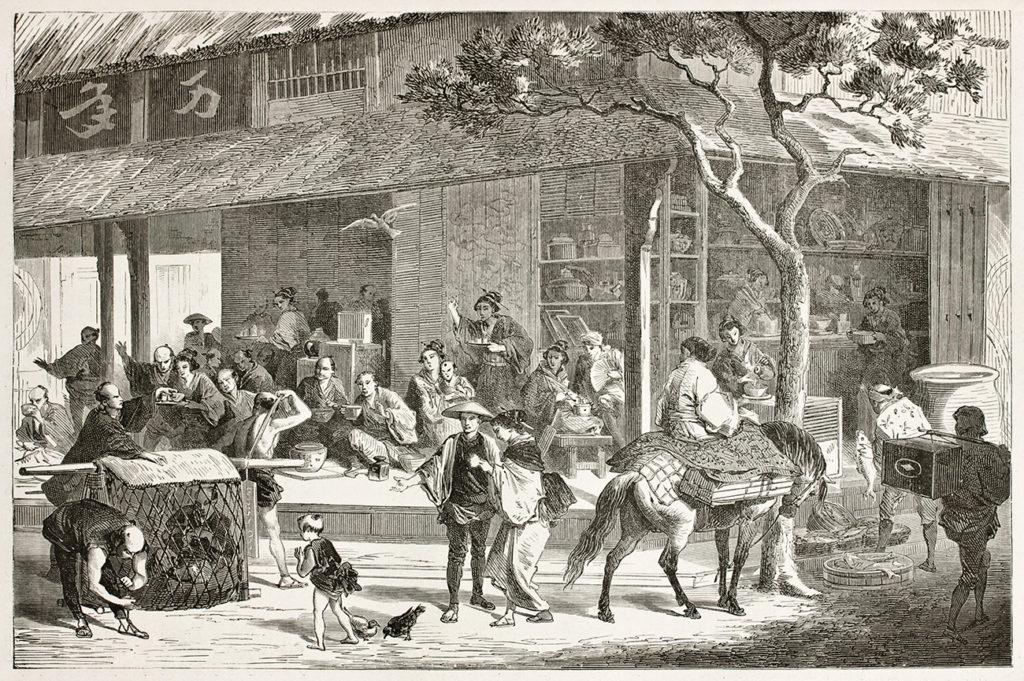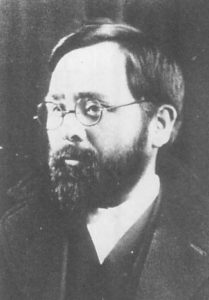
The Burakumin of Japan
 Japan is said to have a homogeneous society, which means the quality or state of being of a similar kind or of having a uniform structure or composition. Japanese people have a strong sense of group and national identity with hierarchical relationships. The older generation in Japan is given deep respect for their experiences in life. This is evident in households and more so in schools and companies. However. this cultural reputation hides a deeper, darker anomaly that dates as far back as the medieval times reserved for the people known as “Japan’s untouchables” or the burakumin.
Japan is said to have a homogeneous society, which means the quality or state of being of a similar kind or of having a uniform structure or composition. Japanese people have a strong sense of group and national identity with hierarchical relationships. The older generation in Japan is given deep respect for their experiences in life. This is evident in households and more so in schools and companies. However. this cultural reputation hides a deeper, darker anomaly that dates as far back as the medieval times reserved for the people known as “Japan’s untouchables” or the burakumin.
The most famous leader of the BLL, Jiichirō Matsumoto (1887–1966), who was born a burakumin in Fukuoka prefecture. He was a statesman and called “the father of buraku liberation”
Japanese marginalized society
The term ‘burakumin’ is derived from the word buraku, to which the Japanese refer to generally a rural commune or hamlet historically considered as “discriminated or outcast communities”.
People working as undertakers, butchers, tanners, slaughterhouse workers, and other professions considered “unclean” such as in the field of sanitation have long been marginalized in Japan. These people are known as “barakumin” (部落民, or “village people”), an untouchable group relegated to the bottom of the traditional social hierarchy.
Burakumin were initially ethnic Japanese people having professions seen as kegare ((穢れ, “defilement”) during Japan’s feudal era (1185-1603 CE). Burakumin became an unofficial caste and a status of untouchability in the Tokugawa class system during the Edo period. The people in this class were considered outcasts and lived in their own separate village. Burakumin status was officially abolished after the Meiji Restoration in 1868. But the descendants of burakumin still face discrimination and stigmatization in the country.
Abolishing a stigma
The caste system and the feudal system were abolished in 1871 but there were still barriers in the integration. Marginalized burakumin communities were still widespread all across Japan. Japanese companies still request for applicant’s address on the family registry. This records the birthplace of the applicant leading to discrimination.
In the 1960’s, efforts were made by the Japanese government by funding assimilation projects that raised living standards and improved housing for burakumin communities. But discrimination was still widespread.
A reason for the lingering stigma is associated with the Buraku communities tied with the yakuza or the Japanese mob. It is estimated that a third of the yakuza come from Buraku communities who were drawn to the organization when other opportunities were not given to them.
It may take a while for certain cultural prejudices and discrimination to dissipate but steps are being taken to address the issue.
